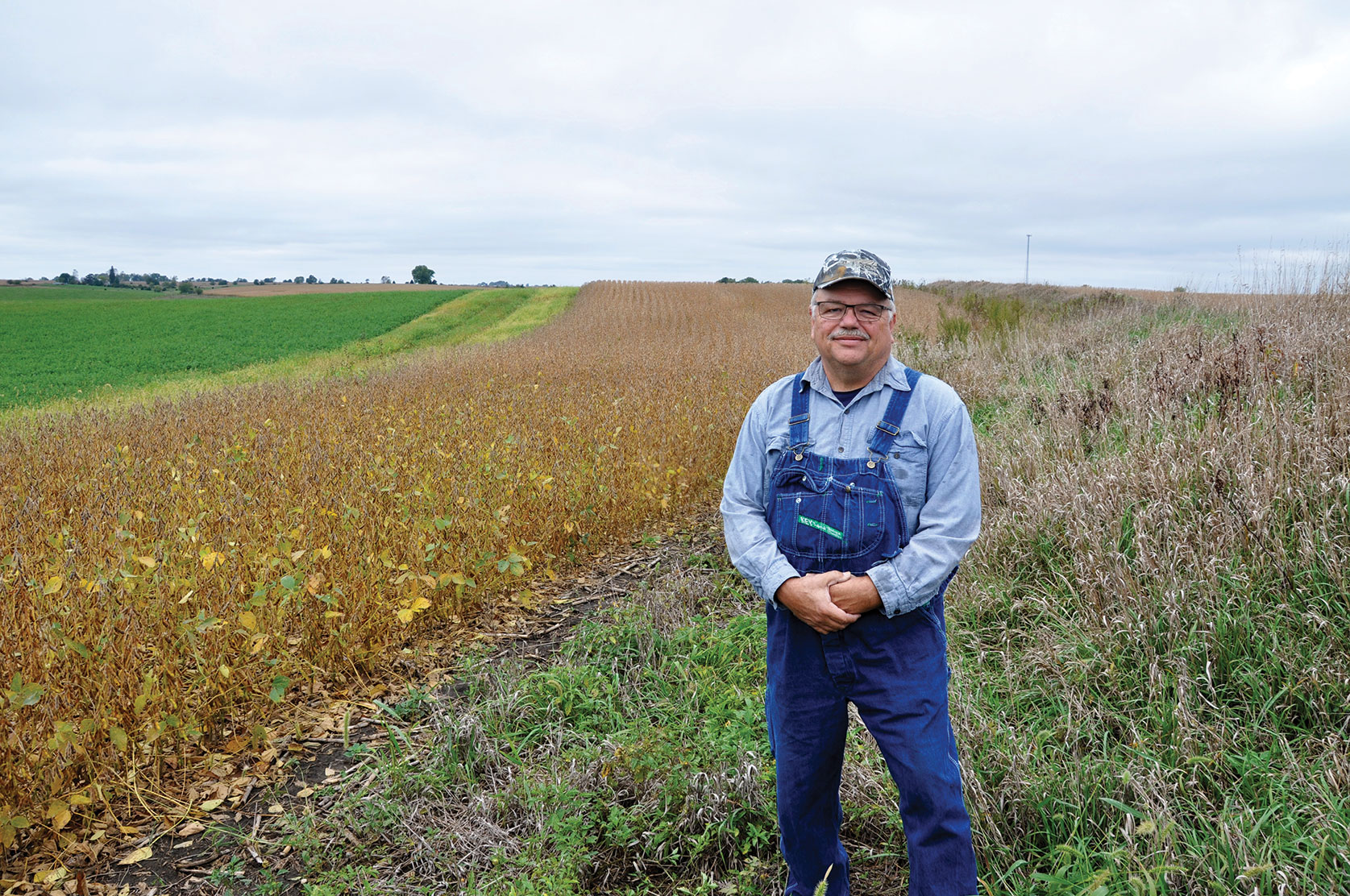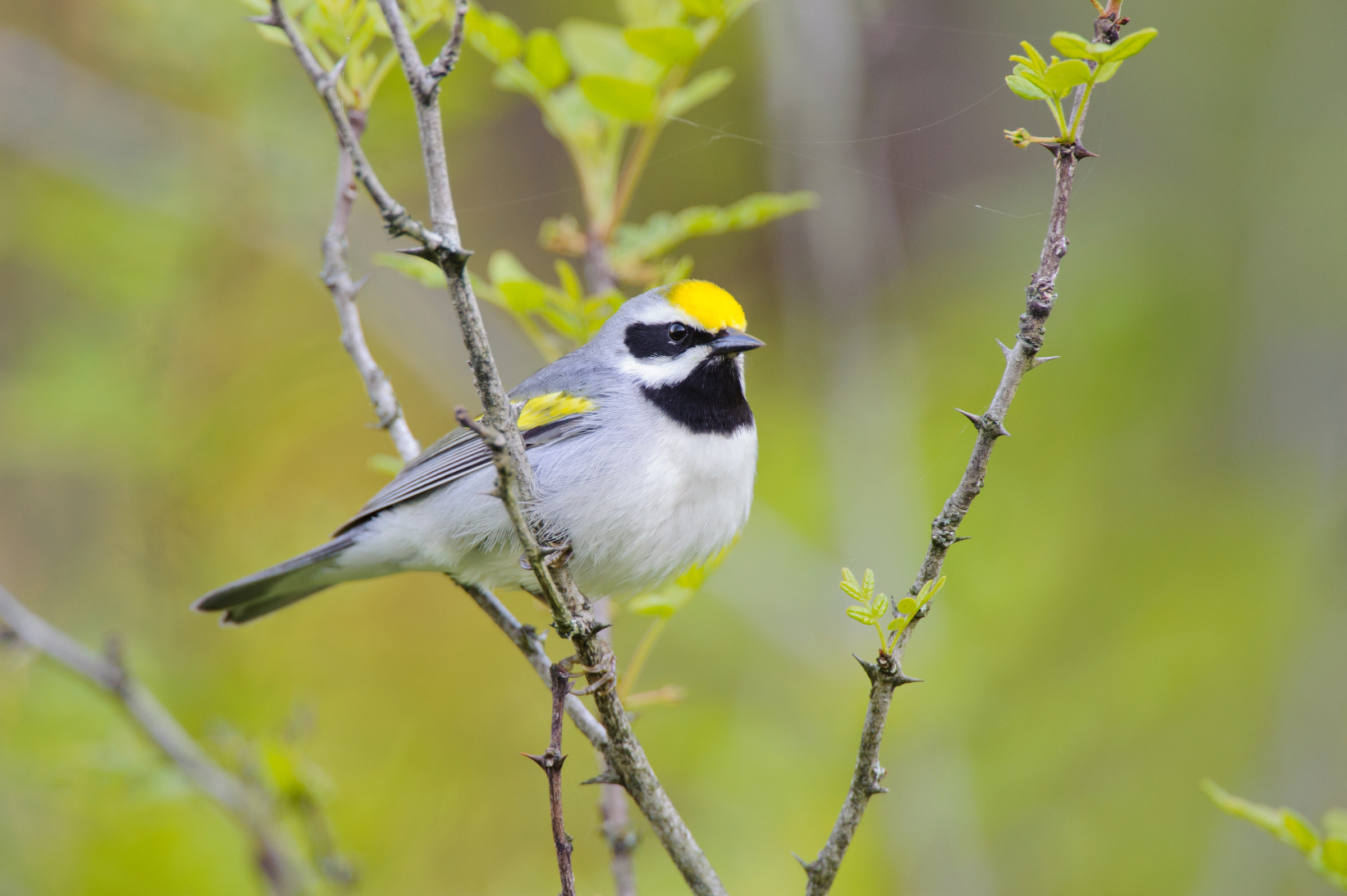Conservation Priorities
Conservation Priorities for the Next Farm Bill
As the 2018 Farm Bill is debated for reauthorization, the following priorities represent the consensus of a broad coalition of bird conservation partners that recognize how important Farm Bill conservation programs are for maintaining and improving bird populations across the U.S.
1. Increase funding for Farm Bill conservation

The Farm Bill’s voluntary, incentive-based conservation programs support farmers and ranchers financially while also supporting our natural infrastructure of grasslands and wetlands that provides flood mitigation, clean water, soil health, and wildlife habitat. The next Farm Bill is a prime opportunity to reinvest in programs that conserve and enhance habitat on marginal lands, secure easements to protect habitat, and encourage conservation partnerships on working lands.
2. Improve the impact of Farm Bill conservation programs on priority wildlife species
Farm Bill conservation programs should continue to incorporate state input to better target funding towards priority wildlife species identified in initiatives such as State Wildlife Action Plans, and require at least 10% of annual funding from the Environmental Quality Incentives Program to be used for wildlife conservation practices. Increasing the availability of long-term conservation incentive payments and contracts can also encourage sustained management and benefits for wildlife.
3. Enhance the capacity of Farm Bill public–private partnerships
Partnerships are the key to delivering Farm Bill programs. Partner biologist positions play a critical role by matching landowners with the conservation programs that best fit the landowners’ wildlife and land-use goals. These positions, which are supported by state and NGO partners working with USDA, result in more farmers, ranchers, and landowners taking advantage of the Farm Bill conservation programs available to them.

4. Support the use of science to maximize Farm Bill conservation effectiveness
Investing in monitoring and evaluation of Farm Bill conservation programs enables science-based decision-making and strategic planning. Dedicated funding for the Conservation Effects Assessment Project would allow for measurement and adjustment of multiyear conservation projects and improve conservation outcomes.
“Scientists documented an increase in Golden-winged Warbler numbers and breeding success on more than 5,700 acres of newly created nesting habitat across 150 private forests. These data are being used to fine-tune management recommendation to further benefit warbler breeding in working forests.”—CEAP analysis of Appalachian Working Lands for Wildlife
